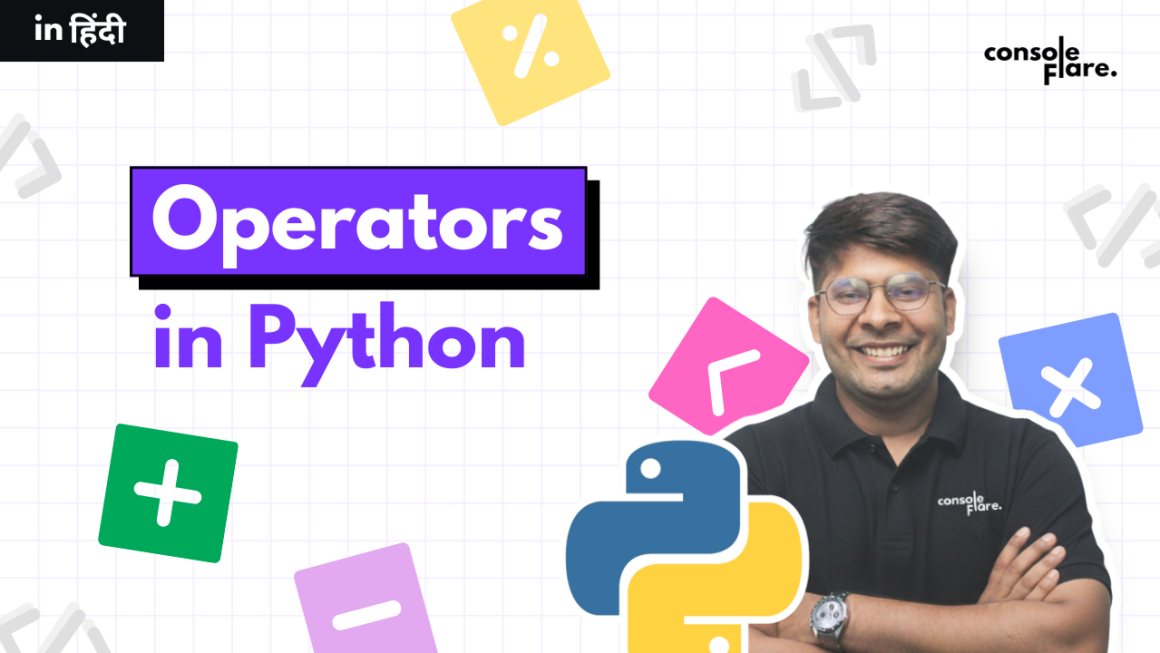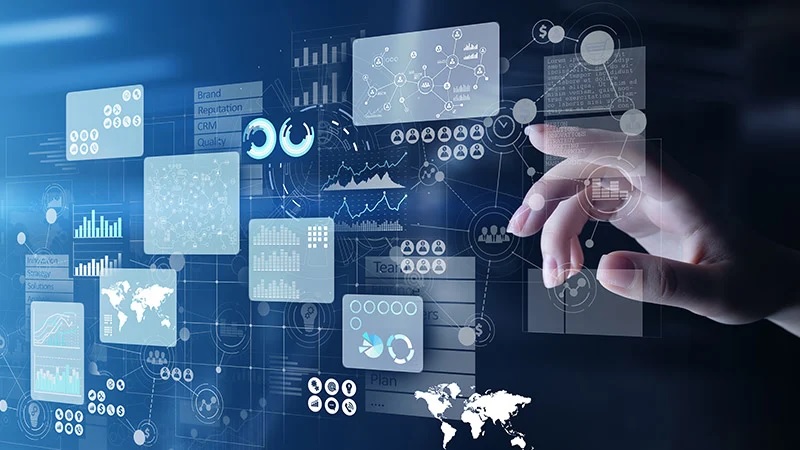Data Science In today’s digital-first world, e-commerce is no longer a luxury—it’s a necessity. The pandemic has accelerated the growth of online shopping, and with that growth comes an immense amount of data. It is estimated, that global e-commerce sales are projected to reach $6.3 trillion, and data science is playing a pivotal role in making this possible. Data science is revolutionizing how online businesses operate, from predicting customer behavior to personalizing the shopping experience.
This blog will explore the key applications of data science in the e-commerce sector, showing why understanding data science is essential for anyone looking to thrive in this industry. Whether you’re an aspiring data scientist, an e-commerce entrepreneur, or a marketer looking to gain an edge, this is your go-to guide. By the end, you’ll see why mastering data science can be your ticket to success in this rapidly evolving sector.
7 Essential Data Science Applications in E-commerce for 2025
Read more about DATA SCIENCE
1. Personalization: Tailoring the Customer Experience
One of the most impactful applications of data science in e-commerce is personalization. Customers now expect a personalized experience whenever they shop online. These consumers are more likely to shop with brands that offer personalized recommendations.
But how does personalization work behind the scenes? Enter data science. Data scientists use machine learning algorithms to analyze customer behavior—browsing history, previous purchases, and even time spent on specific pages. This data is then used to recommend products tailored to each customer’s preferences.

Key Techniques:
- Collaborative Filtering: This technique recommends products based on what similar users have purchased or viewed. Netflix and Amazon are masters of this approach.
- Content-based Filtering: This recommends products similar to items a customer has previously interacted with.
Example: Netflix’s recommendation system drives 80% of its viewership by personalizing content suggestions. Similarly, e-commerce sites like Amazon use collaborative filtering to suggest products, improving both user experience and sales.
2. Customer Segmentation: Targeting the Right Audience
Customer segmentation is the process of dividing customers into distinct groups based on shared characteristics such as purchasing behavior, demographics, or browsing habits. This helps businesses target the right audience with the right message, optimizing marketing efforts.
Data science takes customer segmentation to the next level by using clustering algorithms like K-Means and hierarchical clustering. These algorithms analyze patterns in customer data, identifying different segments that may not be obvious.

Applications:
- Marketing Campaigns: By segmenting customers based on their purchasing history, businesses can create highly targeted marketing campaigns.
- Product Development: Segmentation can also provide insights into which customer groups prefer certain product categories, helping businesses tailor their product offerings.
Example: Indian e-commerce giant Flipkart uses data science to segment its customer base and provide personalized discounts, increasing conversion rates.
3. Inventory Management: Reducing Overstock and Stockouts
One of the biggest challenges in e-commerce is maintaining the right amount of inventory. Too much stock leads to excess inventory costs, while stockouts lead to lost sales. This is where data science shines, enabling businesses to optimize their supply chain by predicting demand and managing inventory efficiently.
Data scientists use time series analysis and predictive modeling to forecast future demand based on historical data. This helps businesses ensure they have enough stock to meet customer demand without overstocking.

Techniques:
- Demand Forecasting: Using algorithms like ARIMA (AutoRegressive Integrated Moving Average), data scientists can predict future sales based on seasonality, trends, and external factors.
- ABC Analysis: This technique helps prioritize inventory by dividing products into three categories: A (high-value products), B (medium-value), and C (low-value). Data science helps automate this process by analyzing sales and inventory data.
Example: Walmart uses demand forecasting models to manage its vast inventory, saving millions in inventory costs.
For more such content and regular updates, follow us on Facebook, Instagram, LinkedIn
4. Pricing Optimization: Maximizing Revenue and Profit
Pricing is one of the most critical aspects of e-commerce. Businesses need to set prices that attract customers while maintaining profitability. Data science enables dynamic pricing, where prices are adjusted in real-time based on factors such as demand, competition, and even customer behavior.
Data scientists use regression models, machine learning, and optimization algorithms to implement dynamic pricing strategies. By analyzing data such as historical pricing, customer preferences, and competitor pricing, these models help businesses maximize revenue.

Techniques:
- Price Elasticity Modeling: This involves measuring how sensitive demand for a product is to changes in price. Data science can help identify the optimal price point for maximum revenue.
- Real-Time Pricing: Machine learning algorithms like reinforcement learning can adjust prices in real-time based on market conditions and user behavior.
Example: E-commerce platforms like Amazon use dynamic pricing extensively, changing prices for products based on demand fluctuations, competitors’ pricing, and even customer location.
5. Customer Service Automation: Chatbots and Sentiment Analysis
Excellent customer service is essential for e-commerce success. However, managing customer queries and complaints manually can be overwhelming for large businesses. Data science enables customer service automation through chatbots and sentiment analysis, helping businesses provide 24/7 support.
Chatbots powered by natural language processing (NLP) algorithms can handle common customer queries such as order status or product information, freeing up human agents for more complex tasks. Meanwhile, sentiment analysis allows businesses to analyze customer reviews and social media mentions, gauging public sentiment about their products and services.

Techniques:
- Natural Language Processing (NLP): This is used to build chatbots and analyze customer feedback.
- Sentiment Analysis: This involves using machine learning models to classify text as positive, negative, or neutral, helping businesses understand customer sentiment.
Example: Many Indian e-commerce companies like Myntra and Flipkart use chatbots to handle customer inquiries, reducing the need for human intervention. Sentiment analysis tools also help them gauge customer satisfaction and make data-driven improvements.
6. Fraud Detection: Protecting Customer Data and Business Integrity
As e-commerce grows, so does the risk of fraud. Data science is crucial in detecting fraudulent activities such as payment fraud, fake reviews, and account takeovers. Fraud detection models use supervised and unsupervised learning to identify suspicious patterns in transaction data.

Techniques:
- Anomaly Detection: This involves identifying unusual patterns in data that may indicate fraud. Unsupervised learning algorithms like Isolation Forest and clustering are commonly used.
- Classification Models: Supervised learning models such as decision trees, random forests, and logistic regression help classify transactions as fraudulent or legitimate.
Example: Paytm, one of India’s largest payment platforms, uses machine learning algorithms to detect and prevent fraudulent transactions in real time.
7. Optimizing Marketing Campaigns with A/B Testing
Marketing campaigns are essential for driving sales in e-commerce, but how do you know which campaign will perform better? A/B testing, a method used to compare two versions of a webpage, email, or ad to see which performs better, is a common data science application in e-commerce marketing.
Data science helps design and analyze A/B tests by using statistical methods to ensure the results are reliable and actionable. Marketers use A/B testing to optimize website design, email campaigns, and even product descriptions to increase conversion rates.

Techniques:
- Hypothesis Testing: This involves using statistical tests like the t-test or chi-square test to evaluate the significance of results.
- Multivariate Testing: A more advanced version of A/B testing, where multiple elements are tested simultaneously to identify the best combination.
Example: E-commerce platforms like Amazon and Flipkart regularly use A/B testing to optimize their product pages and marketing efforts.
If you’re ready to embark on a rewarding career in data science, consider enrolling in a comprehensive course that focuses on Python.
At ConsoleFlare, we offer tailored courses that provide hands-on experience and in-depth knowledge to help you master Python and excel in your data science journey. Join us and take the first step towards becoming a data science expert with Python at your fingertips.
Register yourself with ConsoleFlare for our free workshop on data science. In this workshop, you will get to know each tool and technology of data analysis from scratch that will make you skillfully eligible for any data science profile.
Thinking, Why Console Flare?
- Recently, ConsoleFlare has been recognized as one of the Top 10 Most Promising Data Science Training Institutes of 2023.
- Console Flare offers the opportunity to learn data science in Hindi, just like you speak daily.
- Console Flare believes in the idea of “What to learn and what not to learn” and this can be seen in their curriculum structure. They have designed their program based on what you need to learn for data science and nothing else.
- Want more reasons,
Register yourself & we will help you switch your career to Data Science in just 6 months.
For more such content and regular updates, follow us on Facebook, Instagram, LinkedIn





